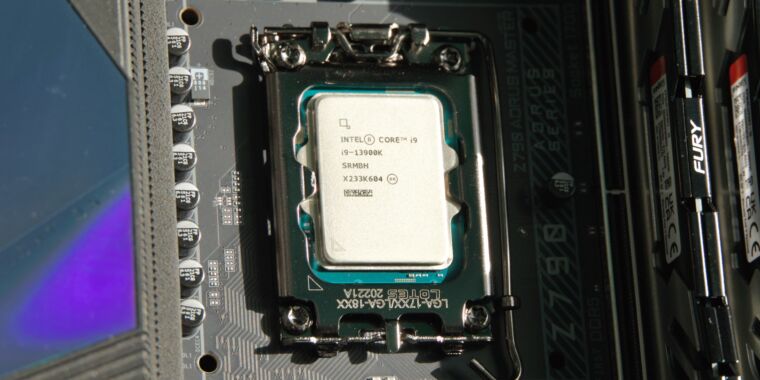Baca Juga:
3 Million Malware-Infected Smart Toothbrushes Used In Swiss DDoS Attacks
In a shocking turn of events, it has been discovered that around three million smart toothbrushes were infected with malware and utilized in a series of Distributed Denial of Service (DDoS) attacks across Switzerland. This revelation has raised concerns about the vulnerability of our everyday smart devices.
# Toothbrushes turned into attack vectors
Reports suggest that hackers exploited a security flaw in the smart toothbrushes’ firmware, allowing them to implant malicious software. This turned the seemingly harmless dental hygiene devices into powerful attack vectors.
# Coordinated DDoS attacks
Using the infected toothbrushes, the hackers executed coordinated DDoS attacks on various websites and online services in Switzerland. These attacks overwhelmed the targeted systems with an enormous amount of traffic, rendering them inaccessible to legitimate users.
# Massive scale of the attacks
The scale of these attacks is particularly alarming. With three million malware-infected toothbrushes, the hackers had an extensive network of devices at their disposal. This immense number allowed them to launch devastating DDoS attacks, capable of bringing even the most robust websites and services to their knees.
# Implications for smart device security
This incident exposes the vulnerabilities of everyday smart devices. While smart toothbrushes might not be the first device that comes to mind when thinking about potential security risks, this incident serves as a reminder that any connected device can become a target for hackers if not properly secured.
# Need for increased device security
Manufacturers and developers need to take immediate action to enhance the security measures implemented in their smart devices. Vulnerabilities like the firmware flaw in these toothbrushes should have been detected and resolved before they were released to the market, preventing such attacks from occurring in the first place.
# User awareness and responsibility
In addition to improved security measures, it is crucial for users to be vigilant about the devices they connect to their networks. Regularly updating firmware, using strong passwords, and applying necessary security patches are simple yet effective steps in protecting our connected devices and the overall security of our digital lives.
# Collaborative efforts to combat cyber threats
This incident portrays the pressing need for collaborative efforts between governments, manufacturers, and cybersecurity experts. By working together, we can strengthen our defenses against cyber threats, mitigate risks, and create a safer digital environment for users worldwide.
In conclusion, the revelation of three million malware-infected smart toothbrushes being used in Swiss DDoS attacks highlights the urgency for improved security measures in our everyday smart devices. This incident serves as a wake-up call for manufacturers, users, and the cybersecurity community, stressing the need for enhanced device security and heightened user awareness in the face of evolving cyber threats.

Baca Juga:
- Instagram enhances DM experience with new features
- Scientists announce groundbreaking solution for dengue in Brazil with genetically altered mosquitoes
- Mysterious Particle Found in Air Poses Risk for Alzheimer’s Development
- Mario fans treated to a trip down memory lane with Nintendo’s latest Switch trailer
- New Exoplanet with Similar Size to Saturn Found by Astronomers











+ There are no comments
Add yours